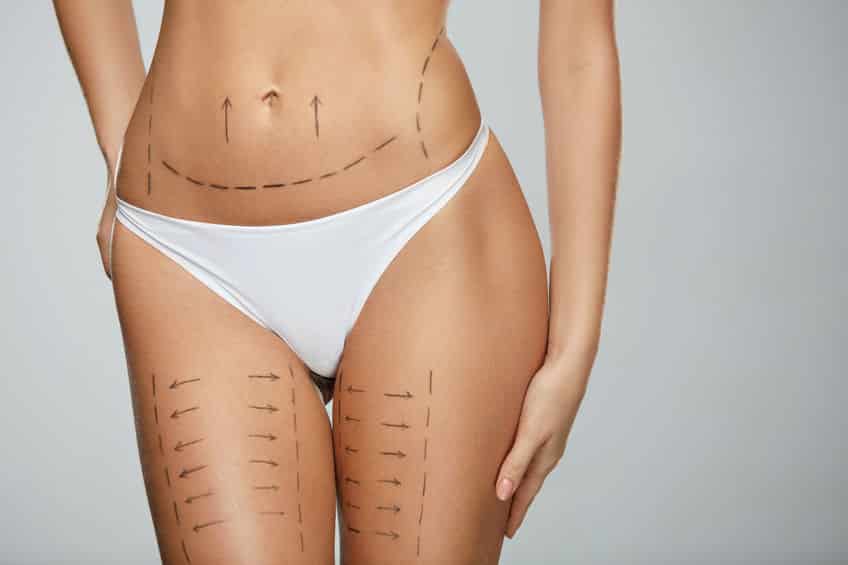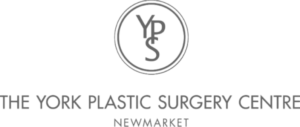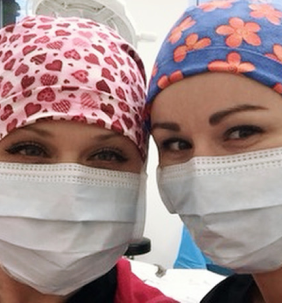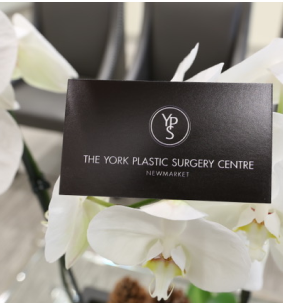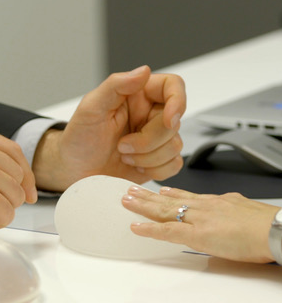Probably the most important factor influencing the results of liposuction surgery is the skill and experience of the surgeon. Knowing how much liposuction contouring should be performed on a certain region is as much an art as a science. If too little fat is removed then the results might not be as dramatic as the patient anticipated, but if the procedure is too aggressive the risk of complications will increase such as loose skin, contour irregularities, excessive bleeding, or other problems.
A traditional liposuction procedure involves making small incisions around the region to be contoured, injecting a fluid solution into the fat to minimize pain and bleeding, then aspirating the excess fat along with this fluid. Essentially a hollow metal rod called a cannula is attached to a vacuum source that sucks out the fat and deposits it into a container. Over the years, device manufacturers have created many different variations of this process, each with potential advantages and disadvantages. Some examples include:
- Utilizing energy sources such as laser or ultrasound energy to break up the fat before aspirating it. Although some studies have suggested certain advantages such as helping to tighten the overlying skin or remove more adherent fat, other studies have not shown a significant improvement over traditional liposuction. These modalities have an additional risk of causing thermal burn injuries that can lead to permanent scars and skin puckering.
- Integrating the steps of injecting the fluid and aspirating the fat at the same time rather than in two stages, with the purported benefit of gently and efficiently breaking up the fat.
- Using a motorized handpiece reduces the surgeon’s effort and increases the efficiency of fat removal. The surgeon can focus on the details of the operation and allow the machine to do much of the work of breaking up the fatty tissue. Although this modality does not deliver any heat to tighten the skin, several published studies have shown that PAL can be used to create desirable anatomic details, like accentuating the abdominal muscles to create “6-pack abs”. This technique is called “abdominal etching” or “liposculpture”.
Despite dozens of research studies comparing the outcomes of these various devices, no clear consensus has emerged that one modality is superior to another. A surgeon who is trained and experienced with any of these devices should be able to discuss their advantages and disadvantages, then provide the patient with a good sense of the outcome that can be achieved.
In addition to the liposuction machine being used, the type of cannula used to suck out the fat has a significant influence on the contouring procedure. Some cannulae have very small holes at the end that remove smaller parcels of fat and are more suited for fine-tuning and finesse procedures, while others have very large holes or a specific shape that is designed to remove large volumes of fat quickly.
Finally, the surgeon’s technique (independent of the machine being used) can have a major influence on the results. The obvious goal is to maximize the final result while minimizing risks. A thoughtful method described by plastic surgeon Dr. Simeon Wall Jr in the USA is called SAFE liposuction. The “SAFE” acronym means gently Separating the fat from the surrounding tissue before turning on the vacuum source, Aspirating the separated fat under vacuum, and Fat Equalization which involves smoothing out the remaining fat with the goal of providing a better contour.
In summary, the results of liposuction are dependent on many factors, and advances in the surgeon’s technique are at least as important as the device used. When considering whether liposuction is a good option for you, it is important to seek one or more in-person consultations with a board-certified, top-rated plastic surgeon.
